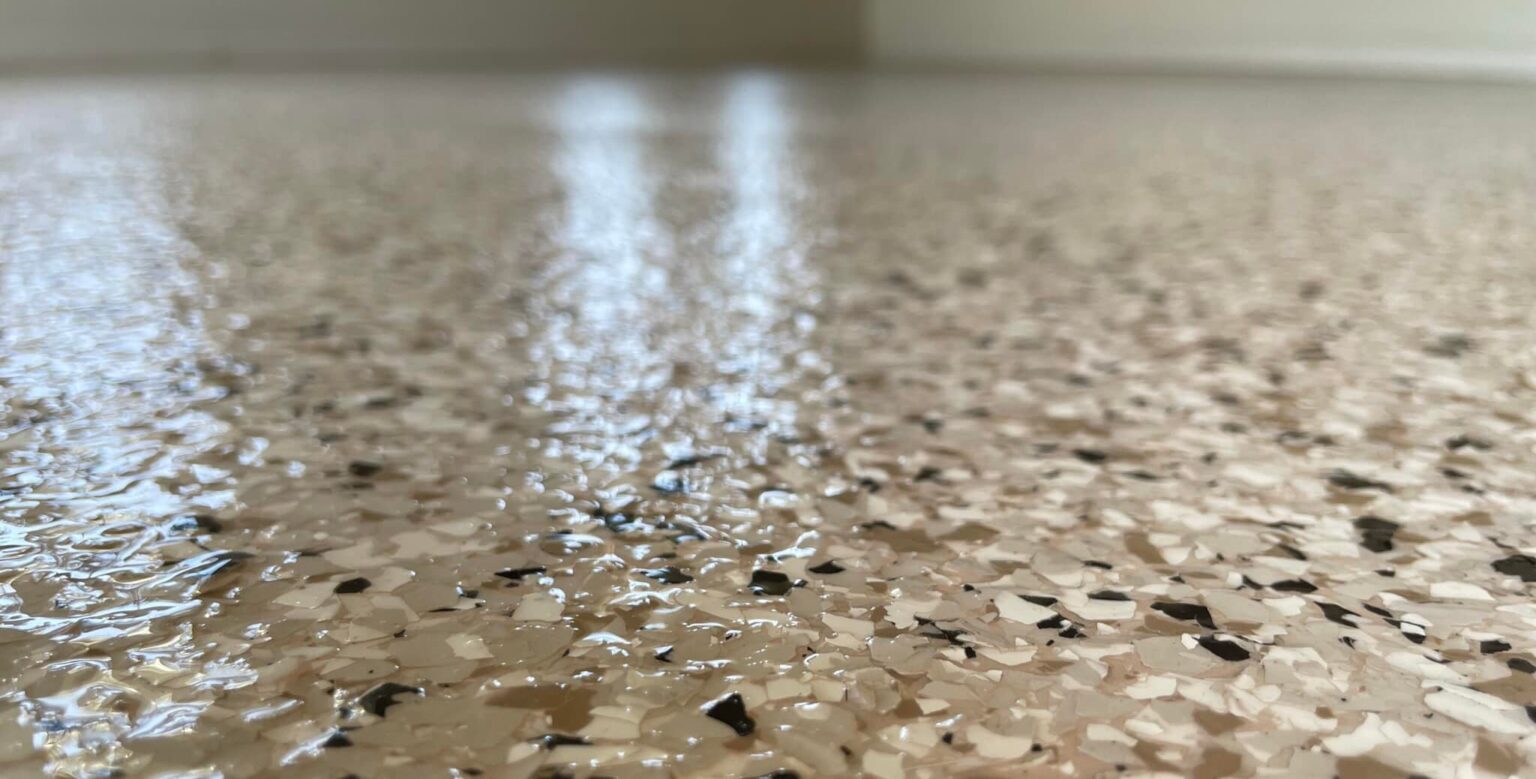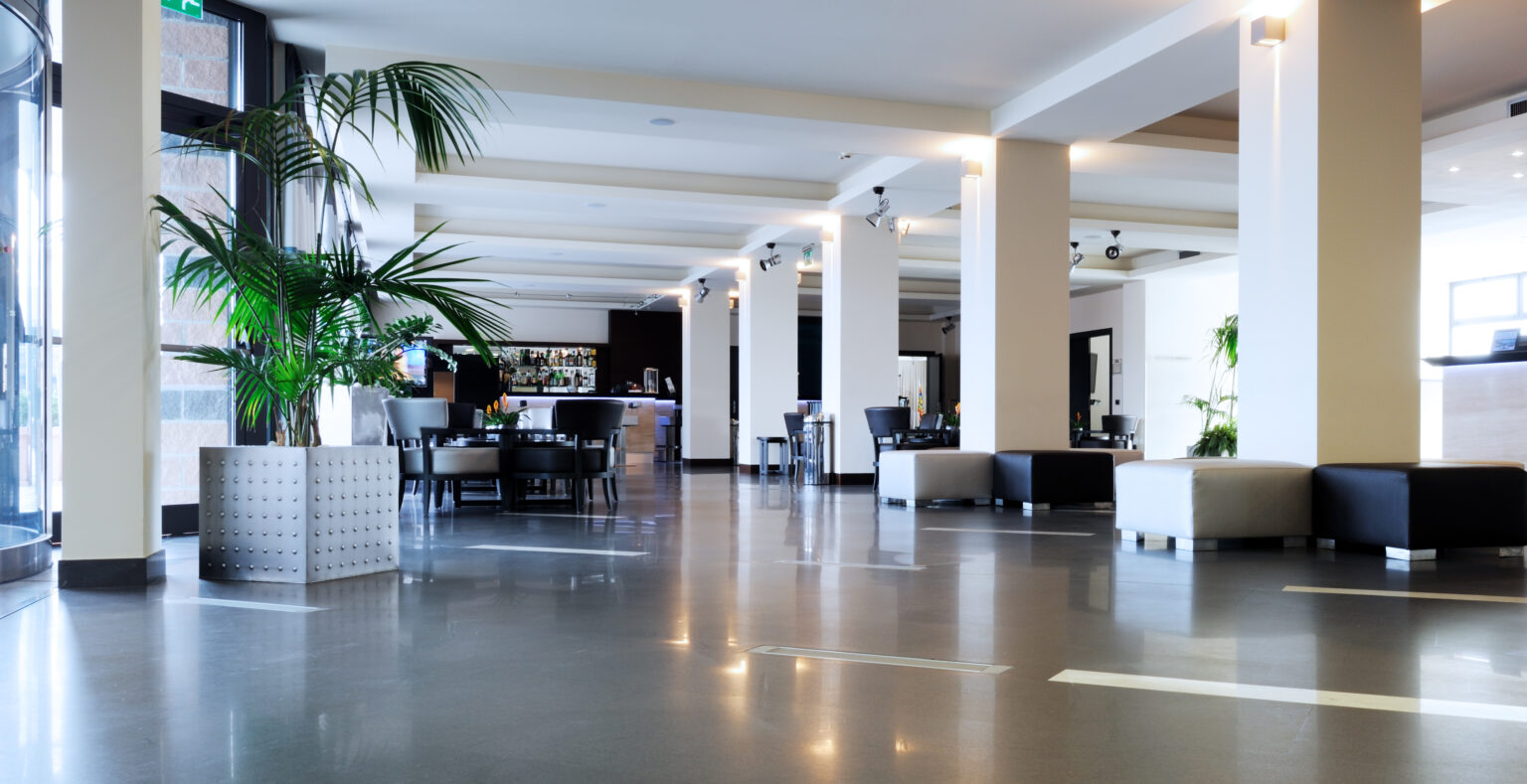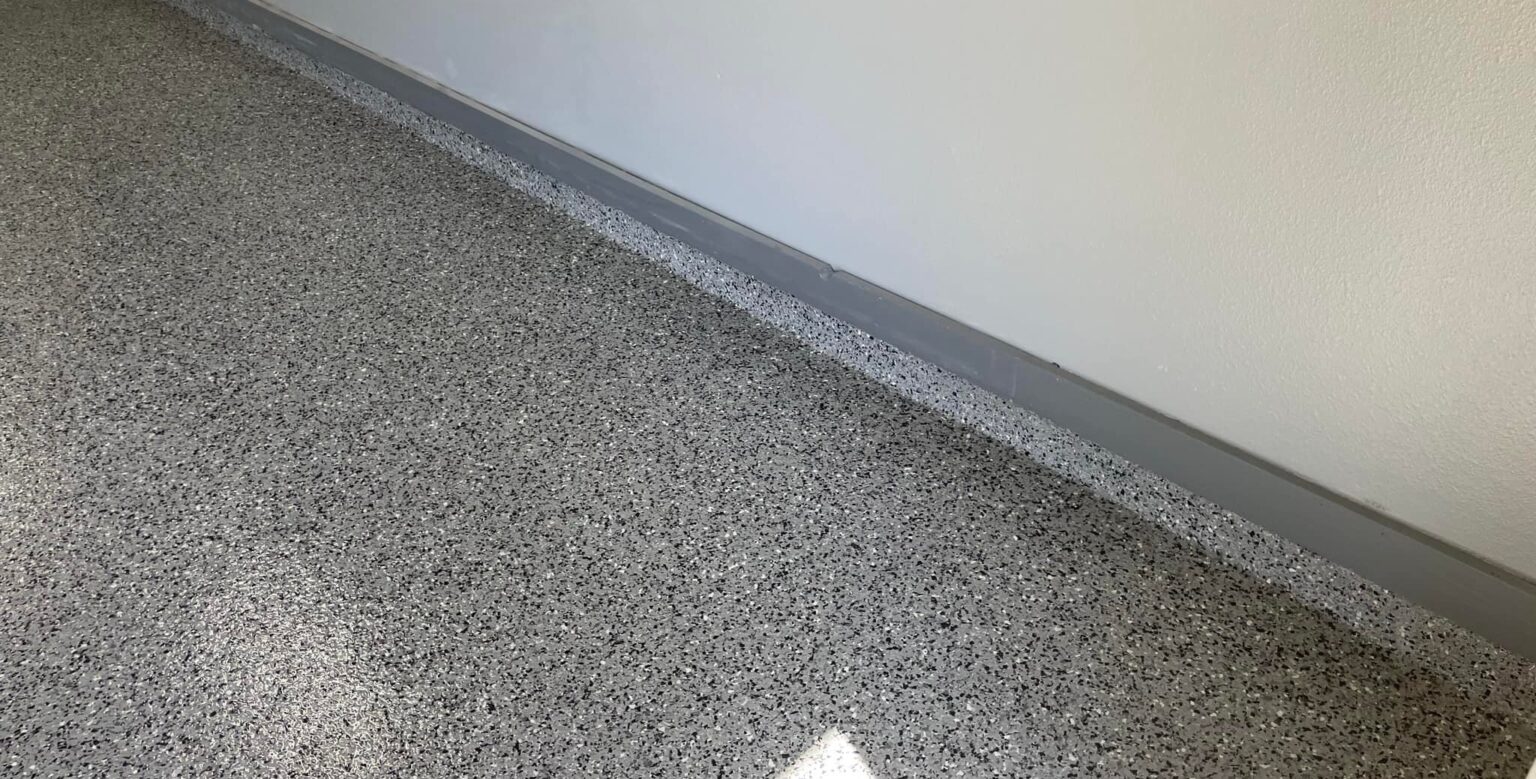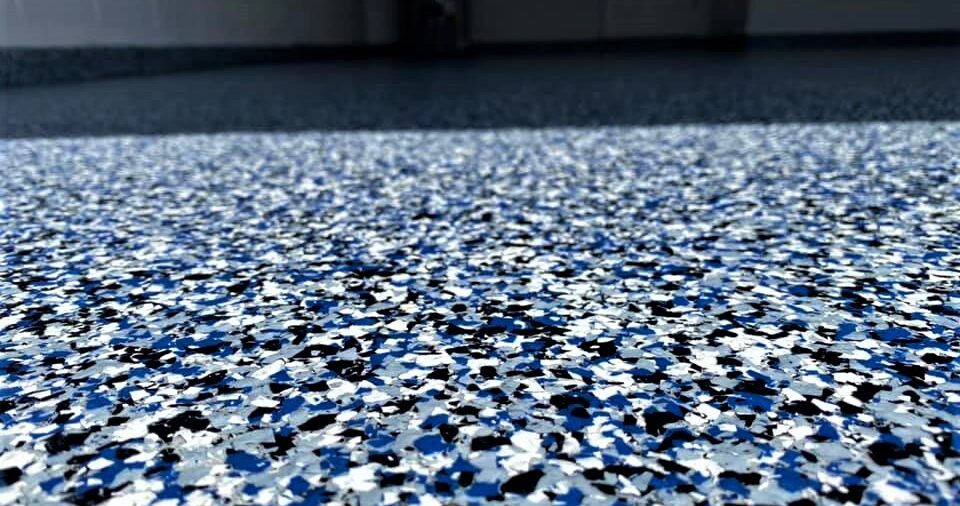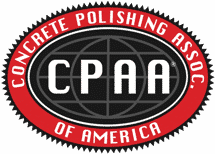Coatings for concrete floors in your garage are a great idea to protect your floors and keep your investment in top condition. However, you need to apply an epoxy floor in the correct way to get the best possible results. It is relatively easy to make a mistake and perform a subpar installation. So today, the team at JDL Surface Innovations is here to talk about the most common mistakes when people install epoxy garage floor coatings.
1. Improper Floor Preparation
Before installing a garage floor coating, you need to prepare the concrete surface. Concrete preparation is a crucial step because it determines how the epoxy layer will bond and harden. Site preparation involves grinding and polishing concrete to remove seams, cracks, and other imperfections. Grinding concrete also exposes the pores of the material, so the resin can form a tight, impermeable bond with the surface.
Failing to perform proper site preparation can compromise the integrity of the bond between the concrete and coating. Poor preparation will reduce the lifespan of your concrete coating, making it more susceptible to moisture and liquid.
2. Incorrect Mixing
Most concrete floor epoxy coatings involve a two-part mixture of a resinous liquid and a hardening agent that causes the epoxy to heat and solidify. As epoxy solidifies, the polymer chains harden into a permanent configuration. This heat-drive process is called thermosetting and is responsible for concrete coatings’ impressive durability and chemical resistance.
Epoxy requires the correct ratio mixture of resin and hardening agent to achieve ideal durability and flexibility. For example, adding too much hardening agent may cause the epoxy to harden before you can apply and smooth it out. Alternatively, adding too little hardening agent can mean the epoxy doesn’t achieve its fully hardened state.
Lastly, incorrectly mixing the two can introduce air bubbles, trapping air bubbles beneath the surface of the coating. You can avoid air bubbles by gently mixing the two liquids without moving the paddle up and down too vigorously.
3. Moisture in Concrete
One of the most common mistakes when applying epoxy garage floor coatings is not allowing the concrete enough time to dry after preparation. Most concrete surfaces require at least 24 hours to remove moisture after preparing and before applying the resin. If you apply the coating too early, moisture still in the concrete will rise to the surface and create bubbles.
You should also check the moisture levels underneath the concrete slab before applying the epoxy. Substantial moisture can create a large amount of hydrostatic pressure that can separate the coating from the top layer of the concrete.
4. Coating Too Thin
Most epoxy layers range between .2 mils and 250 mils (1 mil = 1/1000th of an inch) in thickness. The ideal thickness depends on the specific character of the concrete surface, such as its age, condition, and moisture content. New concrete and concrete that does not require many repairs can take thinner layers of epoxy.
However, spreading the epoxy too thin can render it ineffective. Epoxy that is too thin will appear a different color and won’t achieve a uniform, glossy appearance. Many homeowners try to spread too little epoxy too thin and end up with a subpar covering that comes apart after a few months and is susceptible to hot tires.
A good rule of thumb is buy more epoxy than the square footage of your garage floor. For example, if your garage floor measures 350 square feet, you should buy enough epoxy for at least 450 square feet of coverage. The concrete will absorb some of the epoxy, so you will need the extra amount to get even coverage.
5. Rushed Installation
Epoxy installation is more complex than just adding layers through pouring. You need to wait the appropriate amount of time between epoxy coats to achieve the maximum adhesion and smoothness. For most types of epoxy, you want to wait at least three to five hours between coats to get the best results. The resin should have a semi-solid jelly-like texture when you apply successive coatings.
The pouring technique also matters. You should pour epoxy layers in a criss cross pattern, so that one part of the layer doesn’t harden before other parts. You also need to maintain the correct temperature so the curing process occurs correctly.
One last mistake many people make is using their floors too quickly after epoxy application. Epoxy floor coatings need to cure for at least 72 hours before they are suitable for foot traffic and a week for vehicle traffic. Attempting to walk on your epoxy before the layer cures can cause imperfections and holes in the covering.
Are Epoxy Floorings Worth It?
Epoxy floorings provide an extremely durable coating that can protect your concrete flooring from impacts and weather. Epoxy is also highly decorative, meaning it can help create an attractive and durable finish for your garage. Aside from the durability and protective properties, garage floor epoxy can also increase the property values of your home, making it an extremely worthwhile investment.
Epoxy Garage Floor in Cape Coral
JDL Surface Innovations has over a decade of experience providing epoxy garage floor solutions. We specialize in both commercial and industrial epoxy coating services, including installation, cleaning, removal, and concrete polishing. Let our certified staff take care of your next garage floor project!
Contact us online or give us a call today at (239) 230-3312 to request a consultation!

